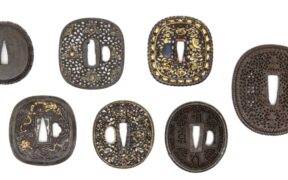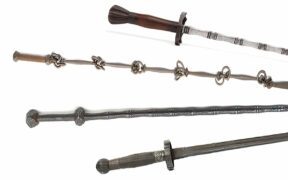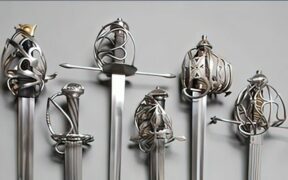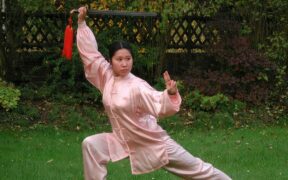Butterfly Sword Explained: Types, Characteristics and History
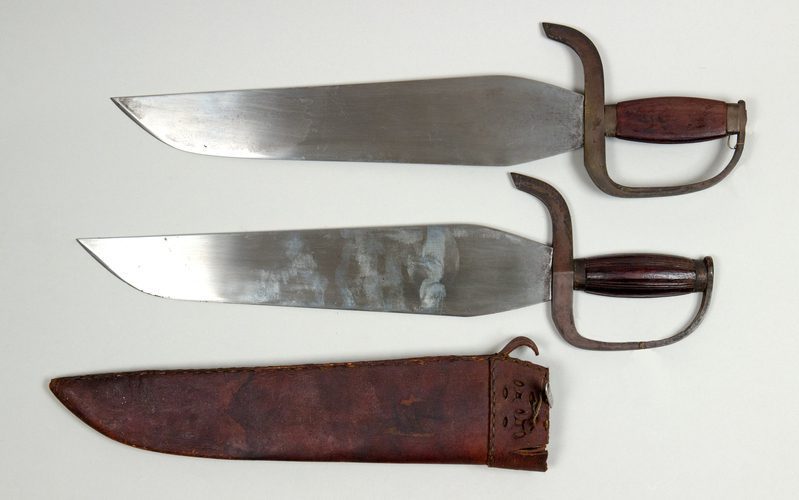
Martial arts and Kung Fu are traditionally associated with Chinese culture, mostly with the dual-wielding swords known as Butterfly Swords. Different schools and families in Southern Chinese martial arts give butterfly swords different names, such as Wu dip Dou, Shuang Dao, and Hu die Dao.
These swords symbolize success and pride for modern-day Wing Chun masters like Bruce Lee, Ip man, and Moy Yat. This article will discuss the Butterfly Swords, their types, and characteristics, and then delves into their significance in traditional and historical use in Chinese martial arts and culture.
Types of Butterfly Swords
Although the Butterfly Sword looks like a simple bladed weapon, it has quite a bit of variation. The three groups generally accepted are the Stabber, Chopper, and Hybrid Groups, and they are all different based on the appearance of their blades and their attacking capabilities.
Stabber
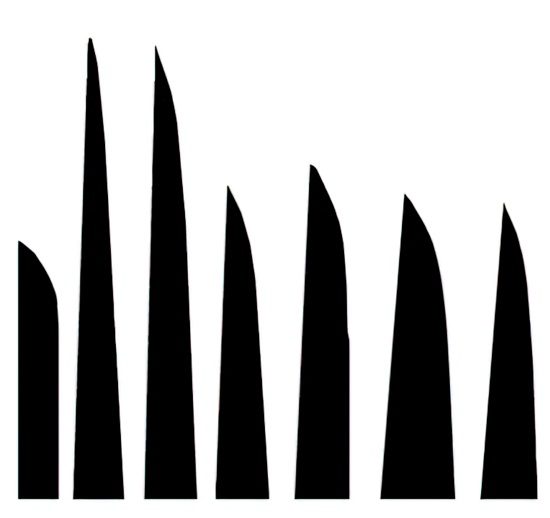
The Stabber is the most common Butterfly Sword used in 19th-century China. This is a Butterfly Sword that can be either double or single-edged, meaning sharpened on both or one side of the blade. The most visual characteristic of the weapon is that it is used for stabbing with the sharp tip of the blade, as its name suggests.
The different subtypes of the Stabber can be a straight edge Stabber, a very narrow design, or triangular.
Chopper
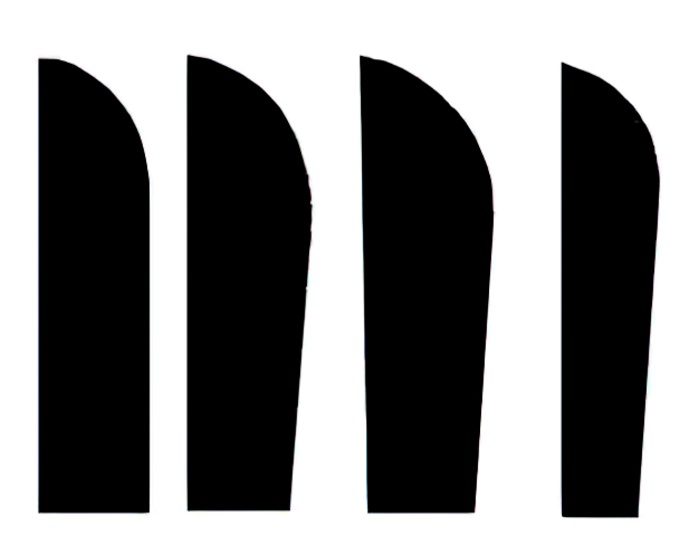
The Chopper is the most popular throughout modern media and martial arts today. This type of Butterfly Sword has a broad and wide blade belly, giving it a much stronger slashing or chopping attacking capability.
There are different types here, too, like the curve of the inner sharpened edge or with a straight back side.
Hybrid
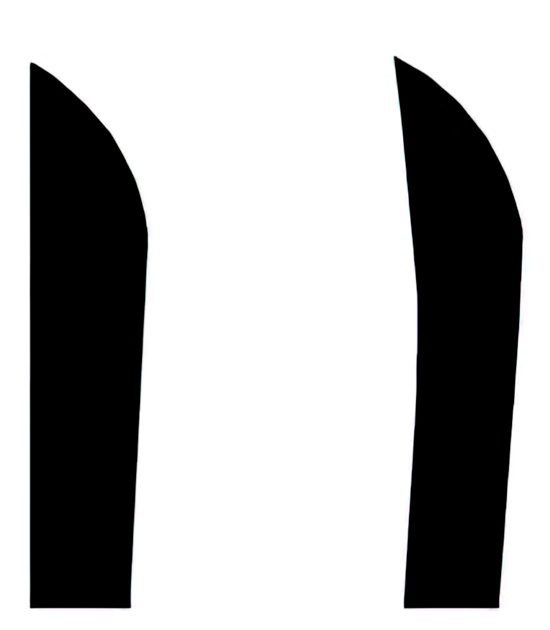
This is the rarest type of Butterfly Sword and has the most distinct and unique look. Sometimes it has an unorthodox-looking blade with a trailing point, while at times, it resembles a simple machete sword or even a Kukri.
Characteristics of the Butterfly Sword
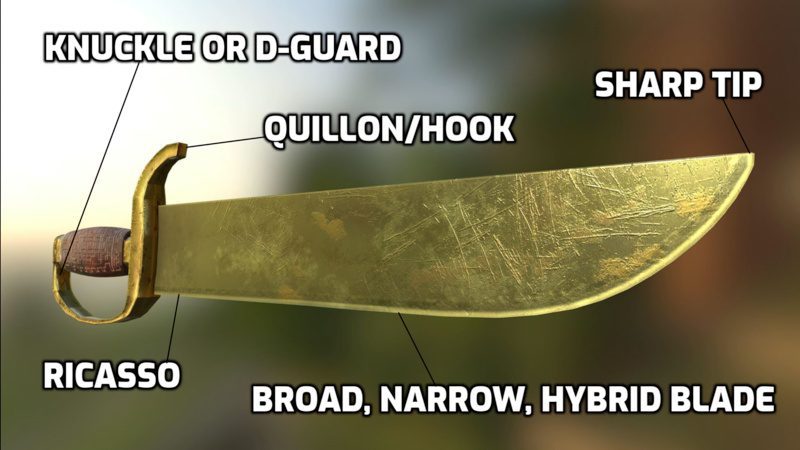
The Wing Chun Butterfly Sword is one of the easiest to recognize worldwide. It has very distinct characteristics, such as being very small in size but with a large enough blade to provide offensive and defensive capabilities.
While the blade can differ according to the types mentioned above, the handle and guard are generally the same, having a small one-handed handle with a D-knuckle guard with a quillon on one side.
Blade
The blade of the Butterfly Sword is generally made to be very simple. It can have three variations, but most of the time, it has a single edge, sharpened on one side, with a sharp thrusting point. The blade is small, made to be flexible, and very light so that it can be used in quick motions.
The traditional and historical type of Butterfly Sword has a ricasso, meaning it only has 2/3 of its blade length sharpened. The reason behind this is the Shaolin Monks didn’t intend for it to be a lethal weapon when they designed it.
On the other hand, a ricasso is very useful because of the intended movements and the way the weapon is held. The user’s hand would grasp the handle, while the thumb and pointer finger were placed on the dull side of the blade, allowing for a more fluid movement.
Although it varies, the most usual and common blade length for the Butterfly Sword is 12 to 16 inches (30 to 40 cm).
Material
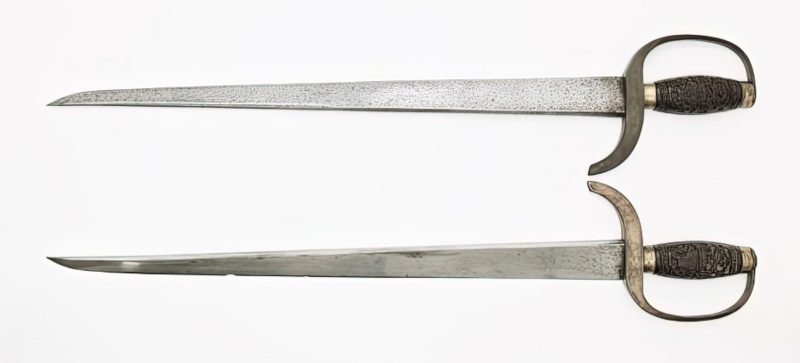
The blade is usually full-tang (extends through the handle), and the blade material can be stainless steel and razor-sharp if intended for striking purposes. If it’s intended for training and entertainment, the blade would be made of alloy steel or polypropylene (hard plastic). It’s not unusual to find Damascus Steel Butterfly swords as well.
Guard
The most common crossguard on the Butterfly Sword is the D-type or knuckle guard. This provides very good protection of the user’s hand to defend against incoming sword strikes. This type of guard is also very useful for maximizing the stability of the grip when holding the sword while simultaneously making it possible to hit enemies with the guard itself.
Hook Quillon
The most distinct visual characteristic of the Butterfly’s guard is the hooked quillon on the outer edge of the blade. The quillon comes out of the guard, resembling a hook, and can vary in size. Its purpose is to hook the enemies’ weapons out of their hands and offer another layer of protection to the user.
Handle
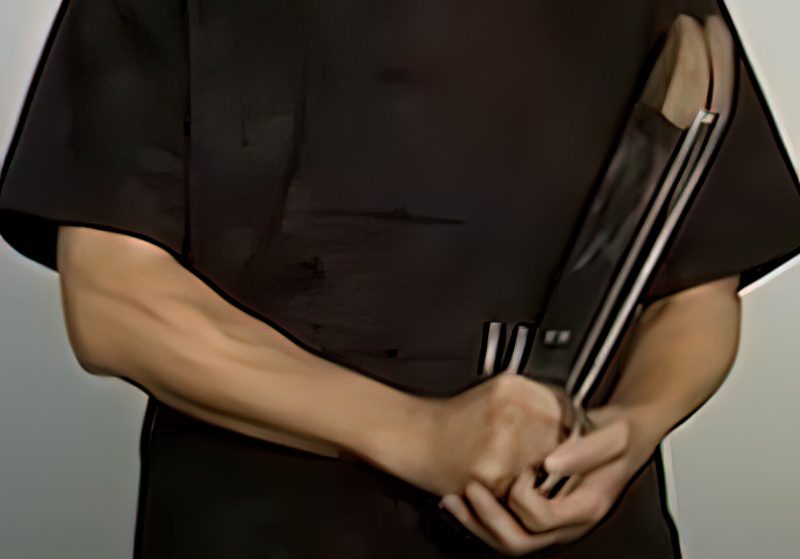
The Butterfly Sword usually has a straight handle but can also be slightly narrowed toward the guard. The handle can also have a finger opening, but the most important thing is that it should fit the user’s hand perfectly since it will be used for very fast strikes. It should be thin enough so the user can grasp both Butterfly Swords with one hand.
Scabbard
Most often, the Butterfly Sword is used with another same dimensioned Butterfly, but the sword comes with only one scabbard. The purpose is that both swords can be sheathed inside the same scabbard so that they can be easy to carry and be hidden from the public. It mostly has a leather scabbard, but wooden or metal ones can also be found.
Weight

Being an extremely fast, striking dual-wielding weapon means that, ideally, the sword should be lightweight. The weight, of course, depends on the type of material and whether or not the blade has fullers on it, which will greatly affect its weight.
The most usual weight for the Butterfly Sword is 0.9 to 2 lbs (0.4 to 0.9 kg) for one and 1.8 to 4 lbs (0.8 to 1.8 kg) for both.
Length
The overall length and size of the Butterfly Sword is usually in the range of 14 to 22 inches (35 to 55 cm). This makes it fall into the category of shortswords that can be used for quick plunging injuries to the enemy.
The sword’s length varies according to the user’s hand, and the blade’s edge must reach somewhere around the elbow or the bicep.
Use of the Butterfly Sword
This Chinese Sword is a one-handed weapon since it is a shortsword. The Butterfly Sword is a practical sword that could be used as a weapon, not just for entertainment and training purposes.
When using it, it should feel very light and as a part or extension of your hand. It is usually dual-wielded with another Butterfly Sword, and one is used for attacking while the other is for defending. They are very light swords, offering precise and extremely fast attacking motions. It can be used for chopping and jabs because of the sharp point.
Because of the ricasso, the unsharpened portion of the blade, this sword can be used and moved in a unique way: with the thumb on the blade. It can be used for defending and even catching incoming melee weapons.
Militia & Civilian
The Chinese militia or mercenaries utilized Butterfly Swords because they were effective weapons that could be readily transported and used to injure rather than kill their enemies or criminals. The Sai Sword is used in this way too.
The Butterfly Sword is, however, called a civilian weapon today, mostly for the practitioners of martial arts in 19th century China when they were highly popular. Their look symbolized law and order and became a useful means of protection against criminals since they could be carried around unnoticed.
Martial Arts
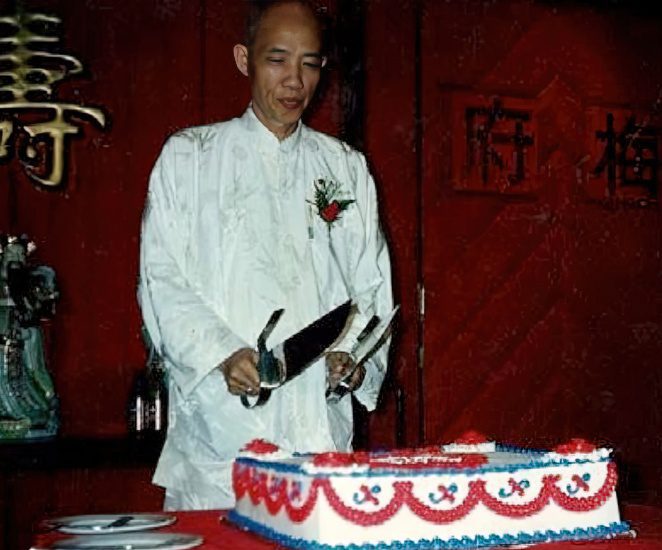
The Butterfly Sword is shrouded with all sorts of legends from its creation by Shaolin Monks giving its popularity in Chinese Wushu and Kung Fu. There are multiple branches of martial arts where one can find this sword being used, but the most notable ones are Wing Chun, Choy Li Fut, Hung Ga, and Tai Chi.
It is a popular weapon often depicted in films such as Big Trouble in Little China (1986) and many others. Its versatility and abundance make it a popular weapon for students trying to master it.
Beginner Friendly & Choosing the Right Butterfly Sword
The Butterfly Swords are very good tools to begin training with if you are interested in Chinese martial arts. They are easy to begin with but hard to master, making them good beginner-friendly swords. Initially, you would master the methods of Wing Chun empty-handed before using the sword.
Choosing the right Butterfly Sword for you depends wholly on its length. The handle should fit just right, and the blade length should reach somewhere around your elbow or bicep.
Using the weapon is very similar to boxing, as it should feel like an extension of your arm. This allows you to precisely redirect your strikes and counter incoming attacks. If you’re looking for a larger sword of this type, try the Chinese Nandao training sword.
History of the Butterfly Sword
The Butterfly Sword is a Chinese weapon that originated in the regions of Southern China somewhere in the Qing Dynasty between 1636-1912. Exactly when it originated is hard to trace, but the earliest written and documented accounts we have for it is from 19th-century China.
It is believed that the first stage of creation of the Butterfly Swords was made by the Shaolin Monks, who designed it for training and protection only. As we learned earlier, they did not design it to be lethal, hence the unsharpened ricasso part on the blade. This type of Butterfly would serve as maiming, parrying, disarming, and cutting the enemies rather than killing them.
With the destruction of the South Shaolin Temple by the Manchurians in the 17th century, they spread around China and dispersed these types of swords, leading to their evolution and change of nature.
The majority of 19th-century Butterfly Sword owners were non-military martial artists. In this period of China, martial artists were held in great regard as members of a prestigious elite. Therefore, the Imperial Qing Military men never considered the swords to be a regulation weapon of its soldiers, and it was used more by the local militias and mercenaries.
“Governor Lin has enlisted about 3,000 recruits, who are being drilled daily near Canton in the military exercise of the bow, the spear, and the double sword.”
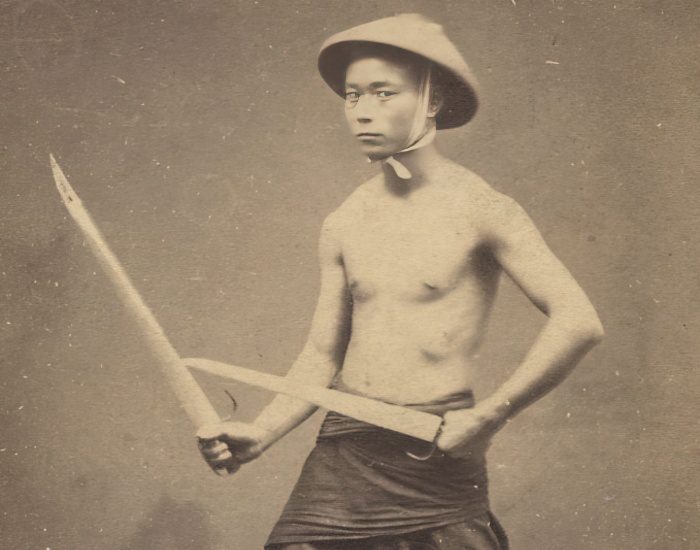
The first types of Butterfly Swords in the 19th century were the Hudieado which were straight and fairly long with very sharp pointy tips. These were given to the militias for defense and to impose local order in some regions and were also used by civilians to protect themselves.
The weapon eventually made its way to the United States, where it may have been used by street gangs or even possibly by pirates along the coasts of Guangdong and Fujian in China.
With time, their use for protection had been replaced with rifles or guns, especially in the first quarter of the 20th century. However, the widespread adoption of these weapons by Wing Chun practitioners ensured their longevity. The belief that Jee Shim was their original creator persists even now in Wing Chun educational institutes.
Butterfly Sword vs. Butterfly Knife
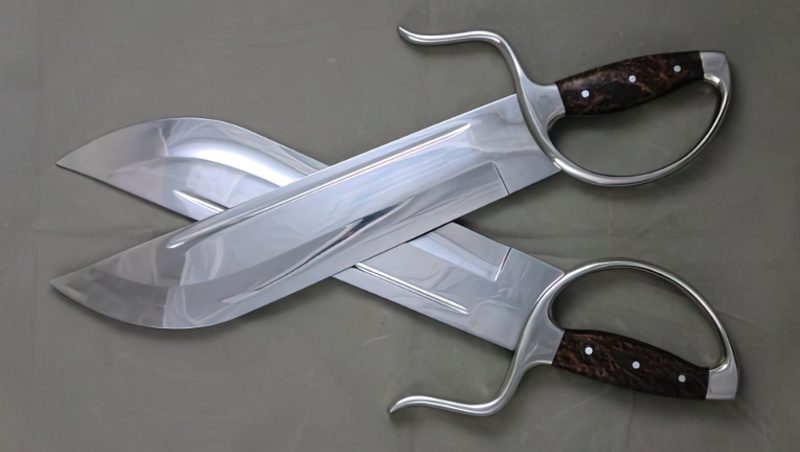
The Butterfly Sword will often be mistaken for the Butterfly Knife because of their similar name. The butterfly term comes from the direct Chinese translation of “butterfly double swords,” but it refers to their look and how they can both be placed in one scabbard. They both could have been used as hidden weapons and for self-defense.
The main differences are the length, form, shape, weight, and how they are used. Although effective in stabs, the short sword is primarily used for delivering gashes to the enemy, and it offers a stronger grip, a much longer length, and better overall protection. The Butterfly Sword also originates in China and is very popular in the country’s martial arts.
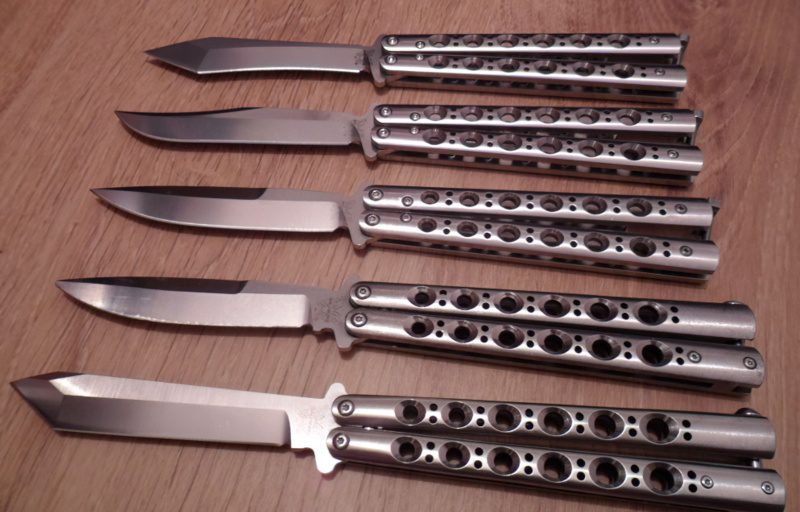
Pocket-sized knives that can be folded into a butterfly shape originated in the Philippines. They are also known as Balisong knives, fan knives, Batangas knives, or, most commonly – Butterfly Knives. The knife’s defining quality is its ability to be concealed in the hand grooves of the handler when closed, thanks to the counter-rotating design of its two handles around the tang.
The Filipinos from the Tagalog region were commonly seen using this knife for not only self-defense but butchery as well. They were used as a substitute for straight razors before the invention of modern razors. When handled by a skilled fighter, Butterfly Knives would be very lethal, resulting in them being banned in several countries.
